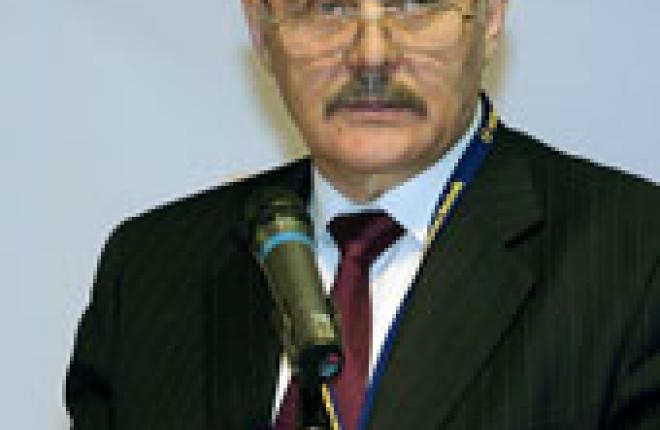I am in charge of smoothly putting the Sukhoi Superjet 100 into operation

Having spent many years in the post of deputy director for aircraft maintenance in Russia’s largest air carrier Aeroflot, in September Yuri Belykh moved on to fill a vice-presidential position with Sukhoi Civil Aircraft Company. In his first interview in the new job, Belykh speaks about the tasks he is facing with the putting into operation of Sukhoi Superjet 100 regional aircraft for which Aeroflot is the launch customer.
– The Russian aviation community knows you as one of the most qualified specialists in aircraft maintenance. What is your role at SCAC?
– I am in charge of smoothly putting the Superjet 100 into operation with our customers; it is my task to make sure this process meets Western best practices accumulated at Aeroflot in the course of its contacts with Airbus and Boeing. We are now working to make sure the Sukhoi Superjet 100 enters into service in a similar manner. Much has to be done at [the KnAAPO production factory in] Komsomolsk-on-Amur; we are assembling a team of SCAC and Aeroflot specialists that will test-run aircraft acceptance procedures in factory conditions. We don’t want any surprises.
– The Sukhoi Superjet 100 is Russia’s first aircraft designed in full compliance with international requirements.
– Indeed, when we at Aeroflot were working out the Sukhoi Superjet 100 specifications based on our experience with Airbus, we highlighted the characteristics that we as maintenance specialists found to be especially important. These include easy maintenance; we put a cap on maintenance man-hours per flying hour. Apart from everything else, successful operation of an aircraft depends on whether its primary functional systems are easy to access; there is also an entire spectrum of issues related to cold-weather operations.
– Do you foresee any complications with regard to the fact that this essentially Western aircraft will have to be operated in keeping with the Russian regulations, which do not always coincide with globally accepted practices?
– The Sukhoi Superjet 100 is not unique in this respect; Russian airlines have similar problems with their Airbus and Boeing aircraft all the time. Unfortunately, these are the requirements of the Russian authorities. A return to the gate - for whatever reason - is treated as an incident that must be investigated. Any computer malfunction results in the aircraft returning to the gate, where a ground technician reboots the system and that’s it - the aircraft is serviceable again and ready for flight.
For many years now there have been calls for revising the Russian regulations on investigating aircraft accidents and incidents and adapting them to fit modern-day requirements, but nothing practical has been done so far. What is needed here is joint work of aircraft manufacturers and operators.
– Does this mean that if a Sukhoi Superjet 100 is operated outside Russia...
– Yes, one and the same aircraft type will demonstrate better availability and safety performance abroad than in Russia. Over here, any minor malfunction will be treated as an incident, whereas under the European and US regulations only serious failures are classed as incidents. So if we simply give potential foreign customers our availability figures based on the Russian regulations, without explaining the difference in approaches, they will be horrified. I have said more than once that we need to bring our regulations in line with the European standards, or else our statistics will look horrid and may affect the Sukhoi Superjet 100’s export prospects.
— How are you planning to provide spares support for the Sukhoi Superjet 100? Will you be setting up a component pool?
— We are now looking at the most effective ways to do it, and yes, we are planning to set up a pool. SuperJet International is currently looking into the matter. As for SCAC, we are accumulating flight-test failure rate statistics. Operators will use these data to evaluate the reliability of individual systems and units, making it possible to stock enough spares.
Ссылки по теме
- Для того, чтобы оставить комментарий, не привязанный к социальной сети, войдите или зарегистрируйтесь на нашем сайте.
CIS & Russian Aviation News And Insights
- Aeroflot to add 23 new destinations to its vast summer route network
- Sky Gates Airlines takes delivery of second Ilyushin IL-96-400T
- Superjet 100 flies with Russian engines
- Aeroflot posts first full year profit since pandemic
- Supporting Russia’s fleet of Western-built aircraft is a humanitarian necessity – AmCham Russia
- Rosaviatsiya: Russian airlines’ passenger traffic to decline in 2025
- Aeroflot promotes initiative towards harmonization of Russia’s continued airworthiness system with international standards
- Russia’s Smartavia passenger traffic decreased by 6.7%
- Russian airlines 2024 traffic exceeds the pre-sanctions level









